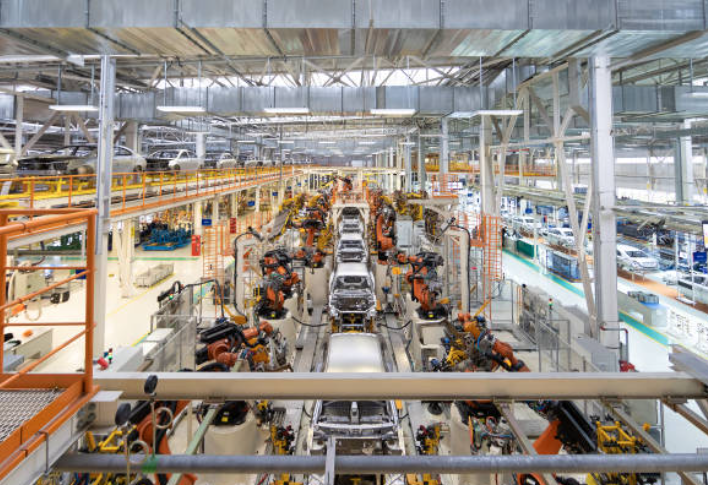
Posted on Monday, September 30, 2024
The role of roll forming in the automotive industry is significant, as it allows manufacturers to produce precise, durable, and lightweight metal components efficiently. Roll forming technology is widely used in the automotive sector to create a range of critical parts, including:
In addition to these specific applications, roll forming's ability to automate production, minimize material waste, and provide flexibility in design makes it an indispensable technology in modern automotive manufacturing. It helps manufacturers meet strict safety, environmental, and cost standards, ensuring vehicles are safe, efficient, and sustainable.

Understanding Coil IDs, Mandrel Sizing, and Shear Pin Safety in Uncoilers
Posted on Wednesday, October 1, 2025
Mismatched sizes can lead to machine damage, downtime, and safety hazards — often evidenced by a shear pin failure.

How Coil Tensile Strength Affects Roll Forming and How to Adjust Your Machine
Posted on Wednesday, October 1, 2025
Changes in tensile strength can significantly affect the finished profile, causing misaligned bends, uneven edges, and out-of-spec parts.

Why Paint Cracks on an Embossing Line Running Pre-Painted Coil and How to Prevent It
Posted on Wednesday, October 1, 2025
This issue not only affects the visual quality of the product but can also lead to increased scrap rates and customer complaints.

The Most Popular Standing Seam Metal Roof Panels in the U.S. — A Comprehensive Guide
Posted on Monday, September 29, 2025
In this post, we’ll explore what panel styles and sizes are most popular in the U.S